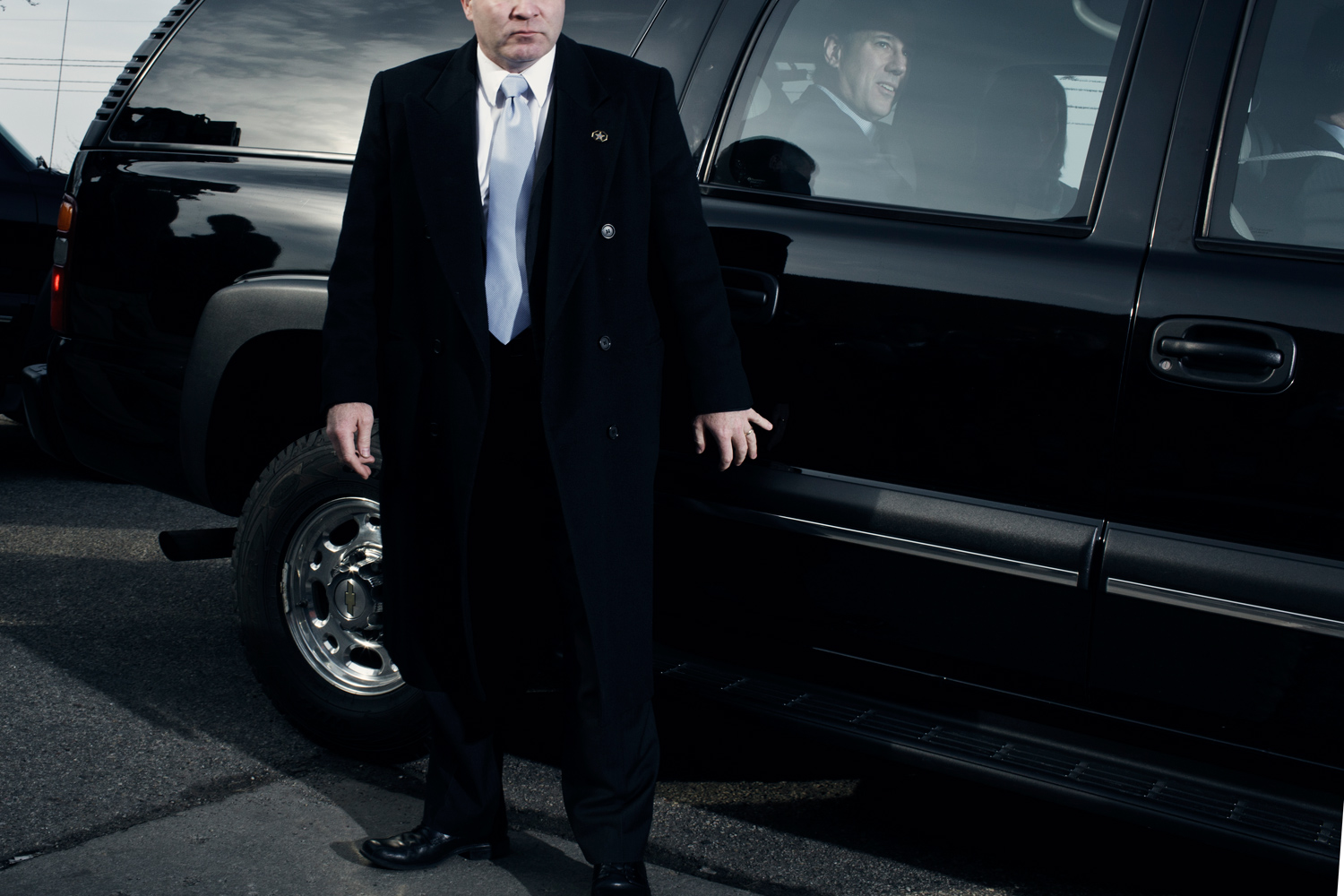
Yesterday morning in Kentwood, Mich., photographers and TV reporters squeezed into a small diner to try to capture an appearance by Republican presidential candidate Rick Santorum. Andrew Cutraro, the photographer sent to cover yesterday’s Michigan primary for TIME, wasn’t there.
He was outside, waiting in the Midwestern cold, attempting to predict the exact route Santorum would take from the diner to his car. The goal was to capture a unique image of the candidate, but there was no way to be sure whether Santorum would walk where Cutraro was set up.
“I spent over an hour waiting outside, staking out his limo, to make one picture,” Cutraro says. “It’s nerve-wracking. You’re putting all your chips into one situation, and it either comes together and makes an interesting, fresh image or you don’t have anything.”
That experience was emblematic of this stage of the presidential race, Cutraro says. For example, Tuesday was the very first day that Santorum had a Secret Service detail. Each of the remaining candidates has moved away from his grassroots origins, and gone are the days when a photographer could get an intimate, unplanned shot of someone who might one day be president. At the same time, the candidates are still getting used to the new situation and logistics may not be fully coordinated; the stage-managers are on board but their productions are still in rehearsal. “It’s this weird gestation in the campaign where they’re not organized enough that you can plan but also not loose enough that you can benefit from any serendipity,” says Cutraro.
The photographer says that dealing with the candidates during what he identifies as their “growing pains” requires balancing the burden of getting the shots he wants — using a lighting set-up, having the help of an assistant — against the ability to be nimble. “I’m still personally trying to figure out where that sweet spot is,” he says.
It also requires a lot of travel. And, as Cutraro points out, Michigan isn’t exactly a small state.
But all that time on the road was put to good use. Cutraro didn’t just shoot the candidates and their supporters; he captured the backdrop against which the political drama played out. Many of his photographs from Michigan have a “street-view” feel, evoking what it’s like to pass through a place and soak it in. The photographer tried to identify the special Midwesternness of the landscape, the qualities that make it immediately apparent that one is not in any other place in the world.
“A sense of place and a sense of time, I’ve always been interested in that,” the photographer says. “It should feel and look like Michigan this time of year and probably in this time in history, too.”
Cutraro says he wanted to avoid familiar images of a decaying Detroit, but instead to capture a sense of Michigan that is — at least outside the orchestrated campaign events — like the land he saw through his window. “The landscape,” he says, “looks like the sentiment up here.”
Andrew Cutraro is a photographer based in New York City. He is represented by Redux. See more of his work here.
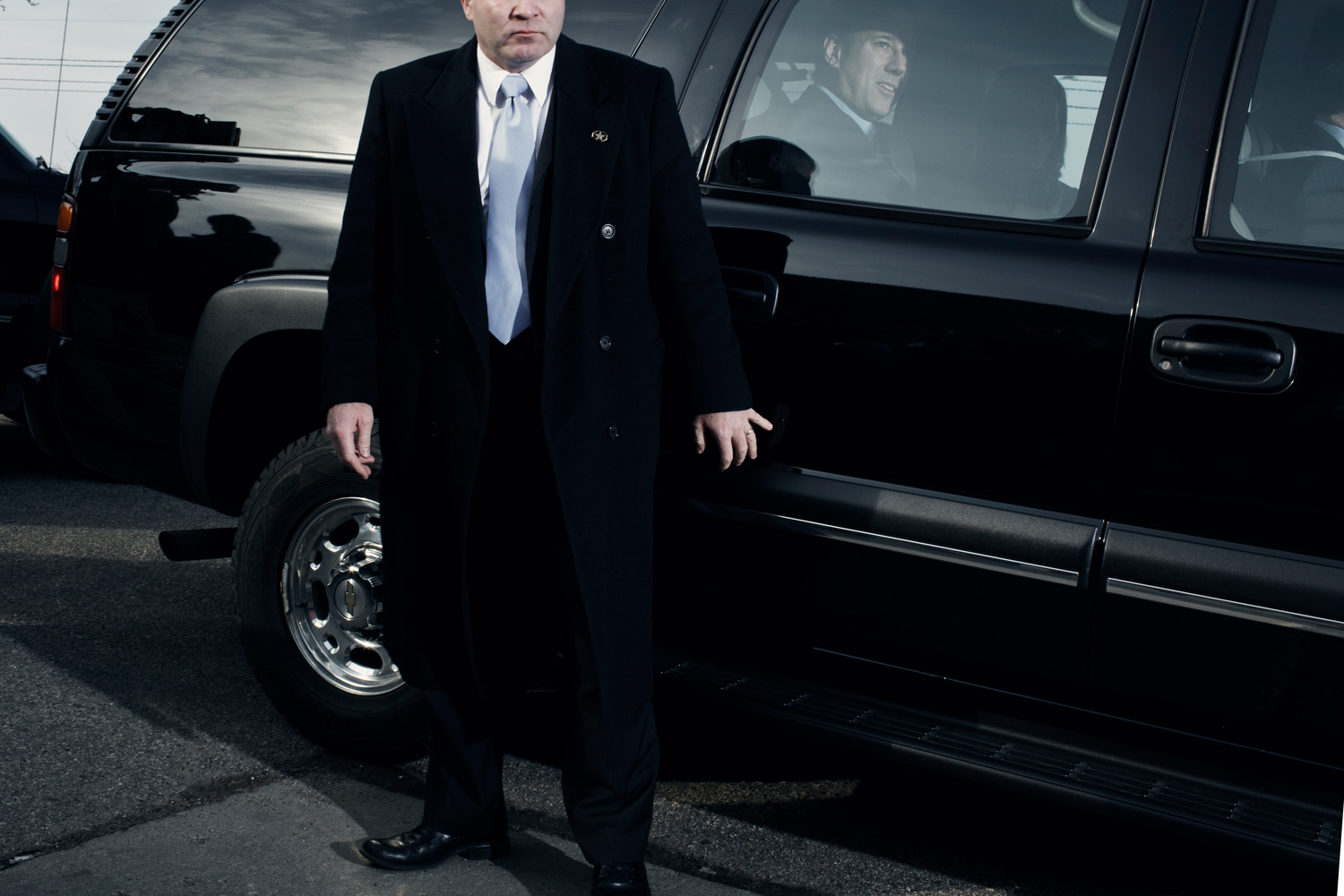
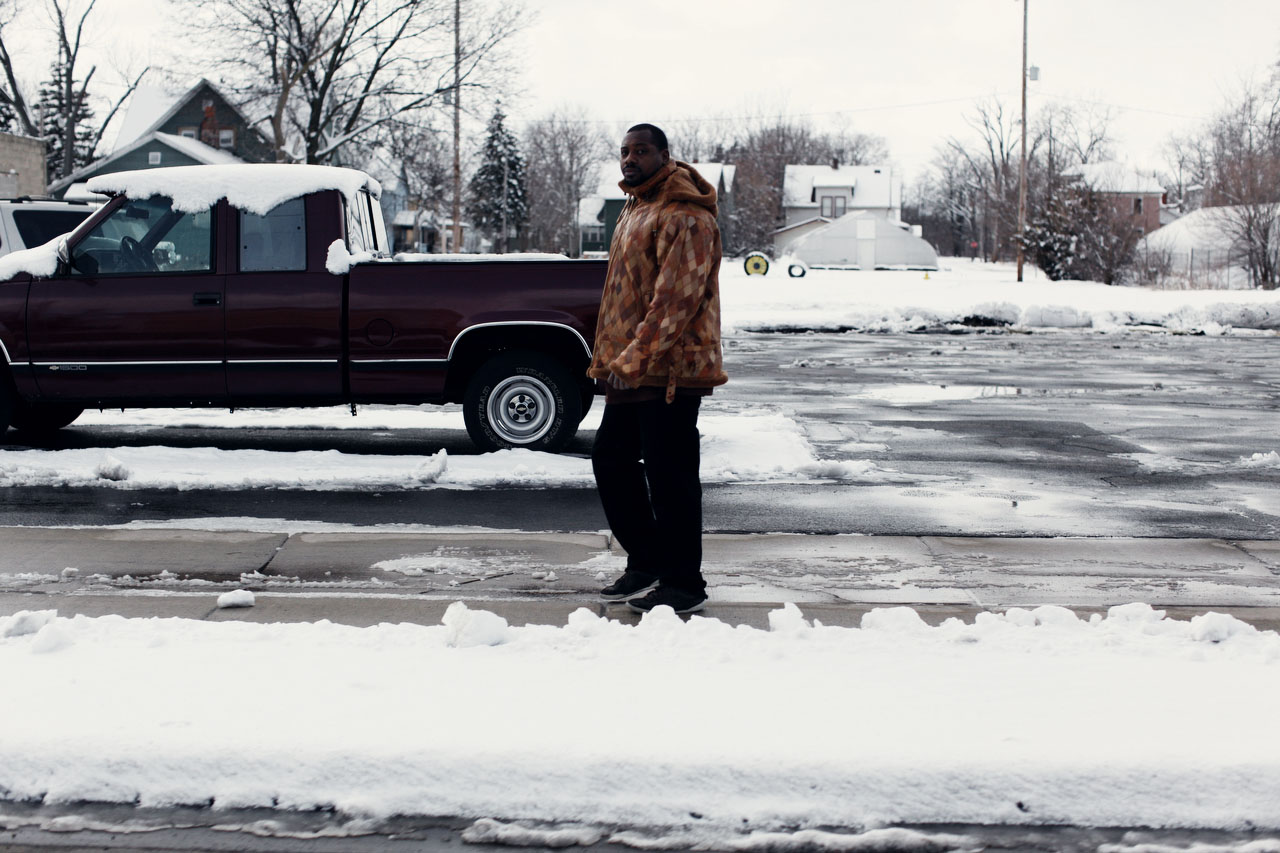
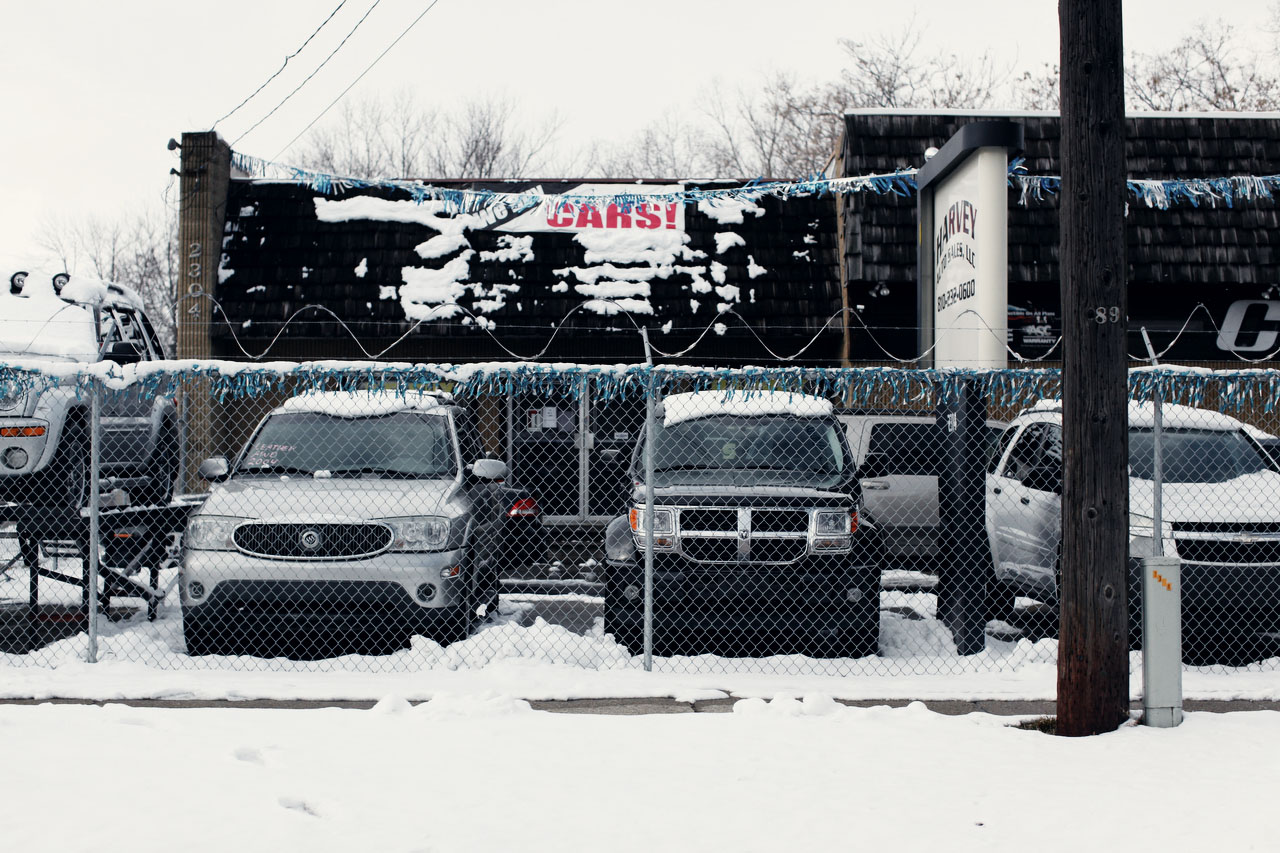
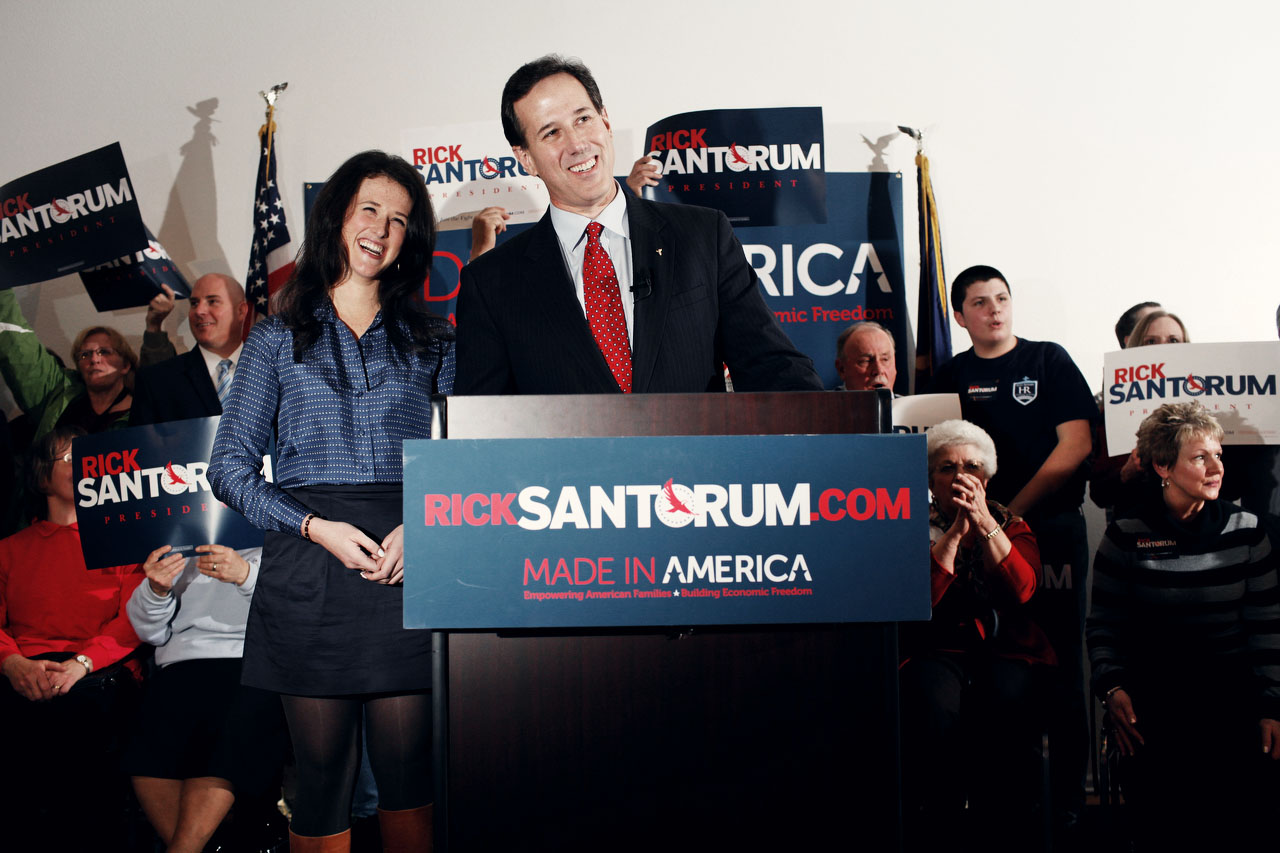
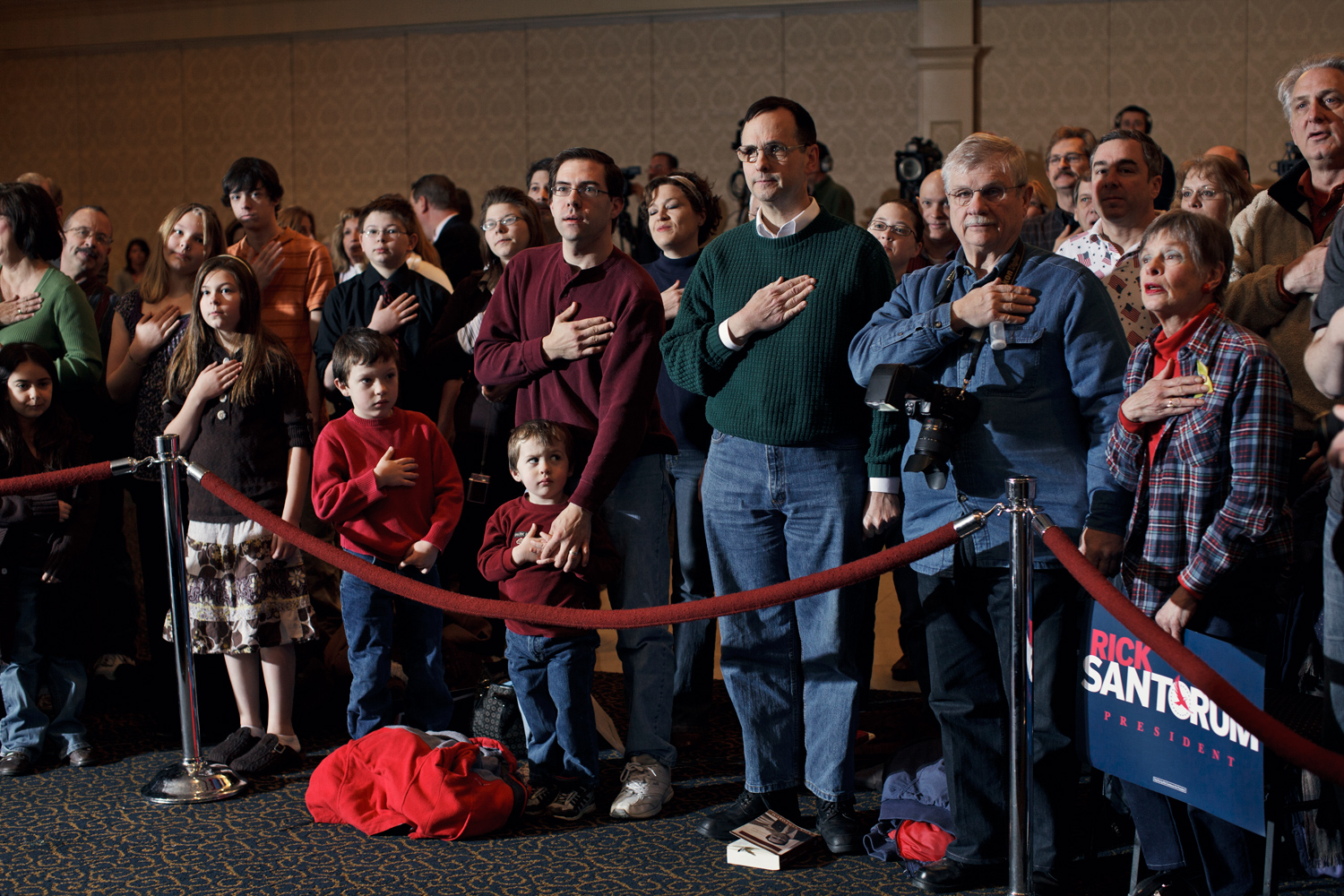
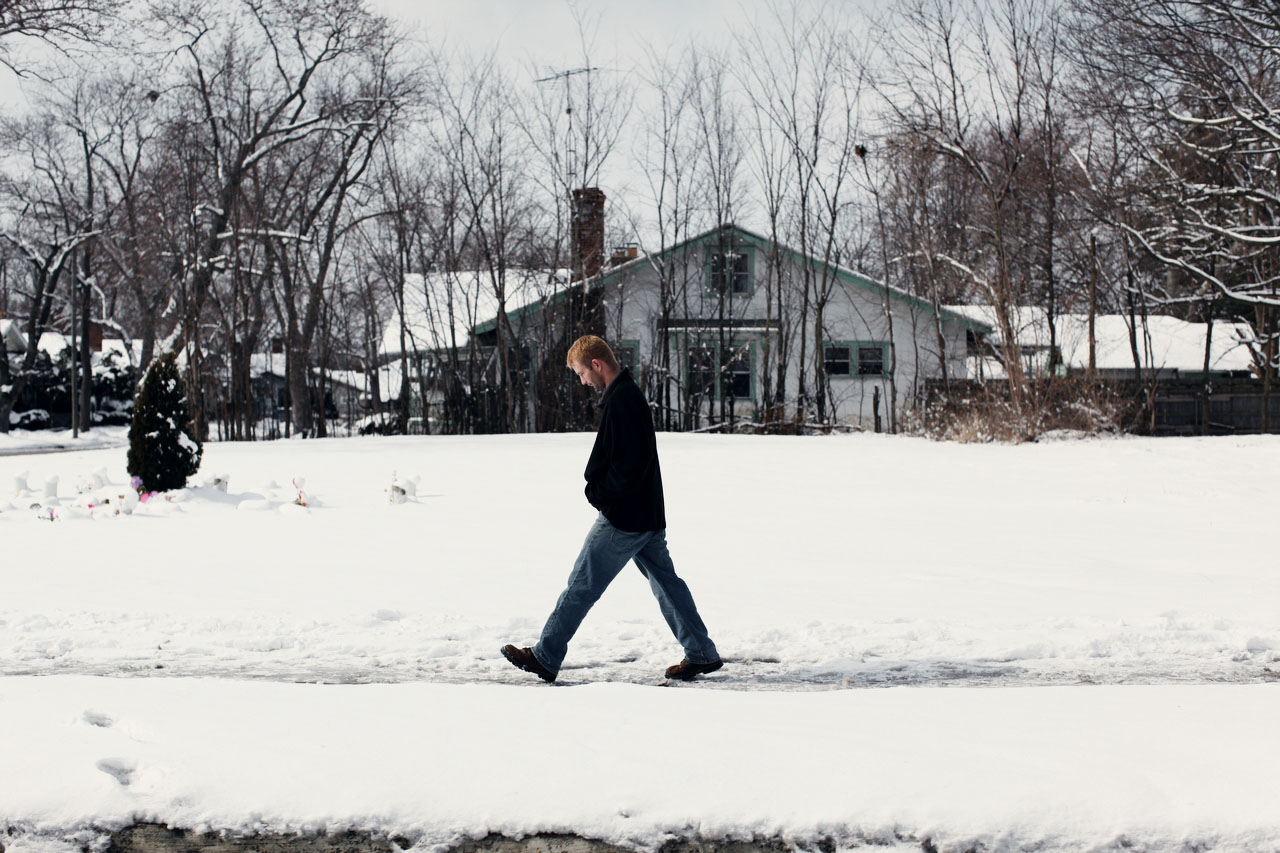
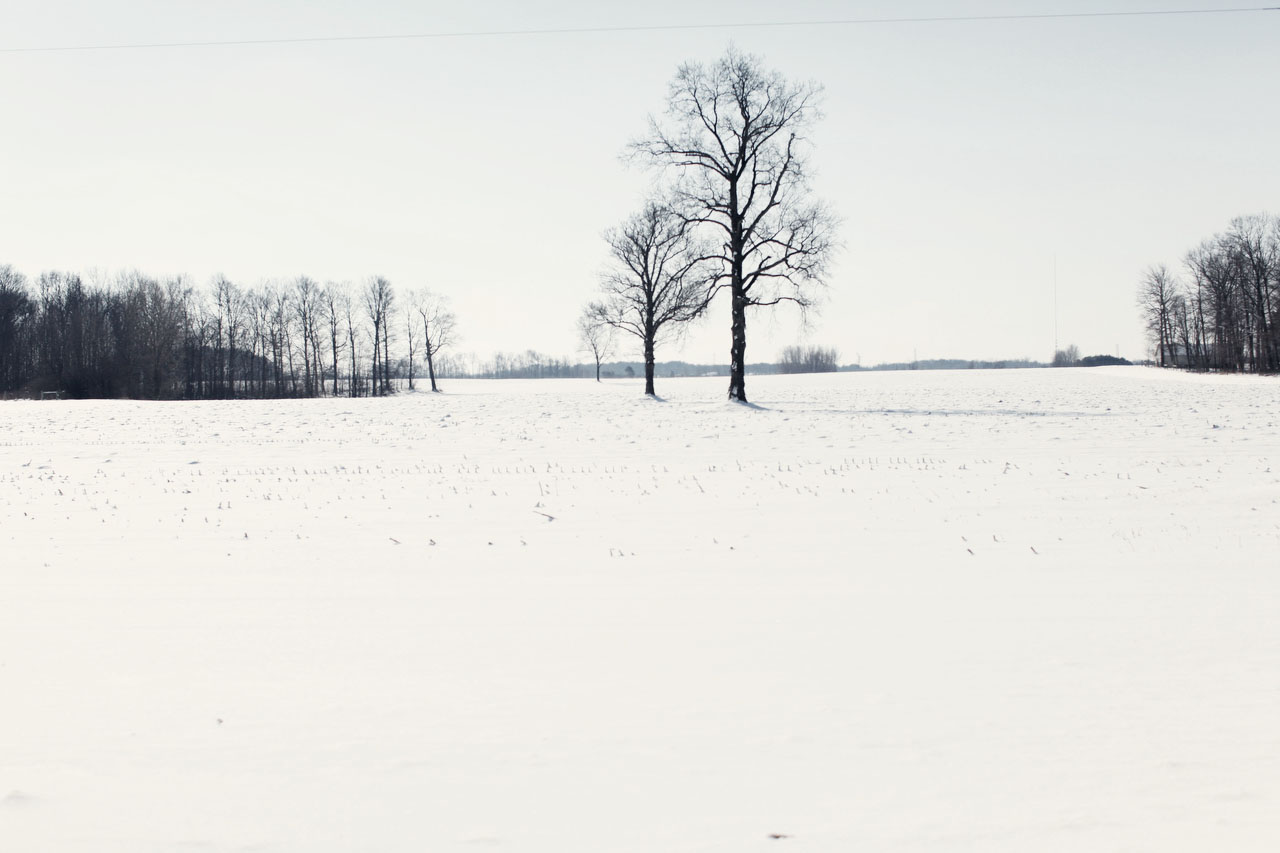
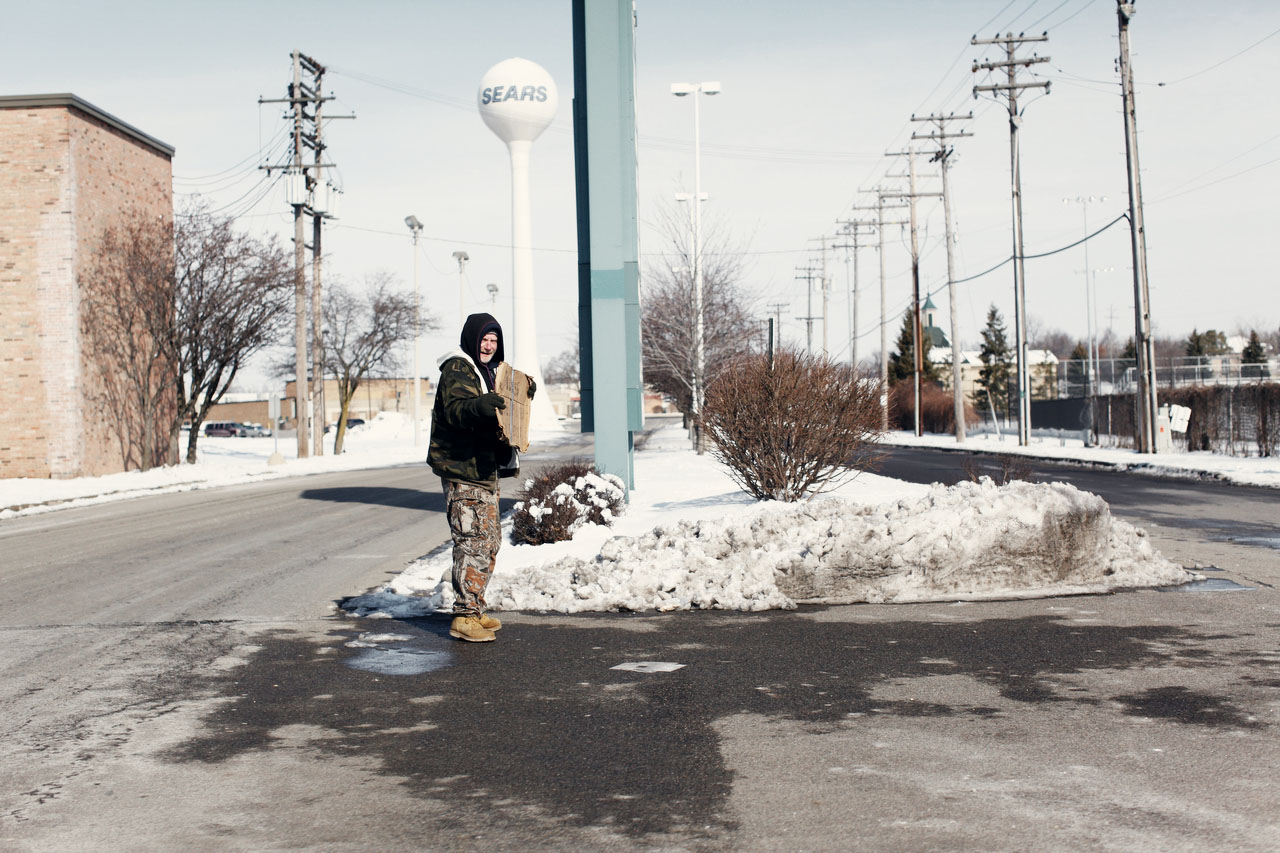
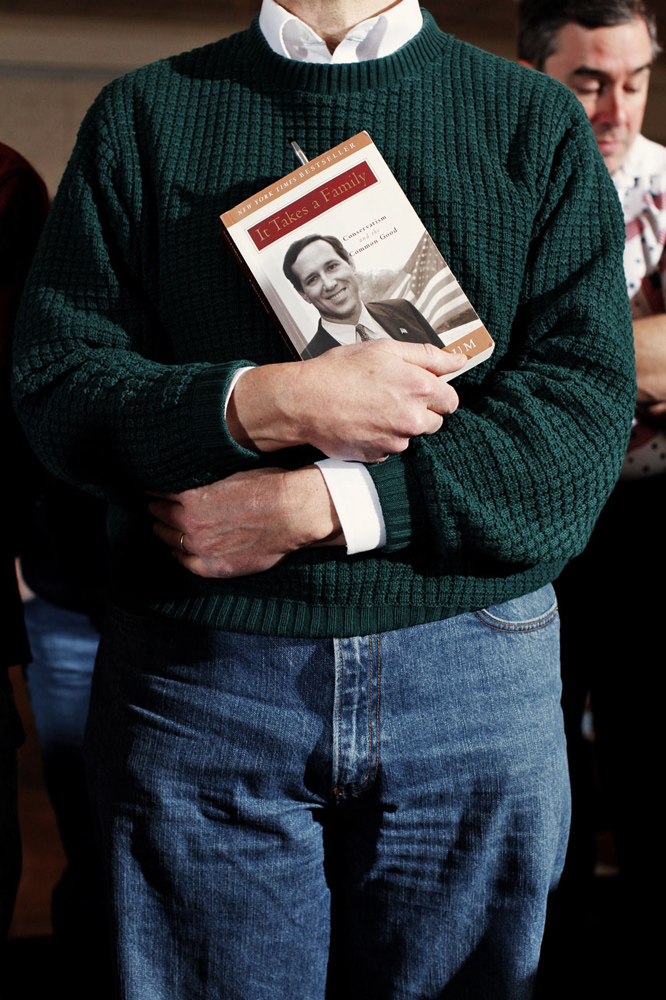
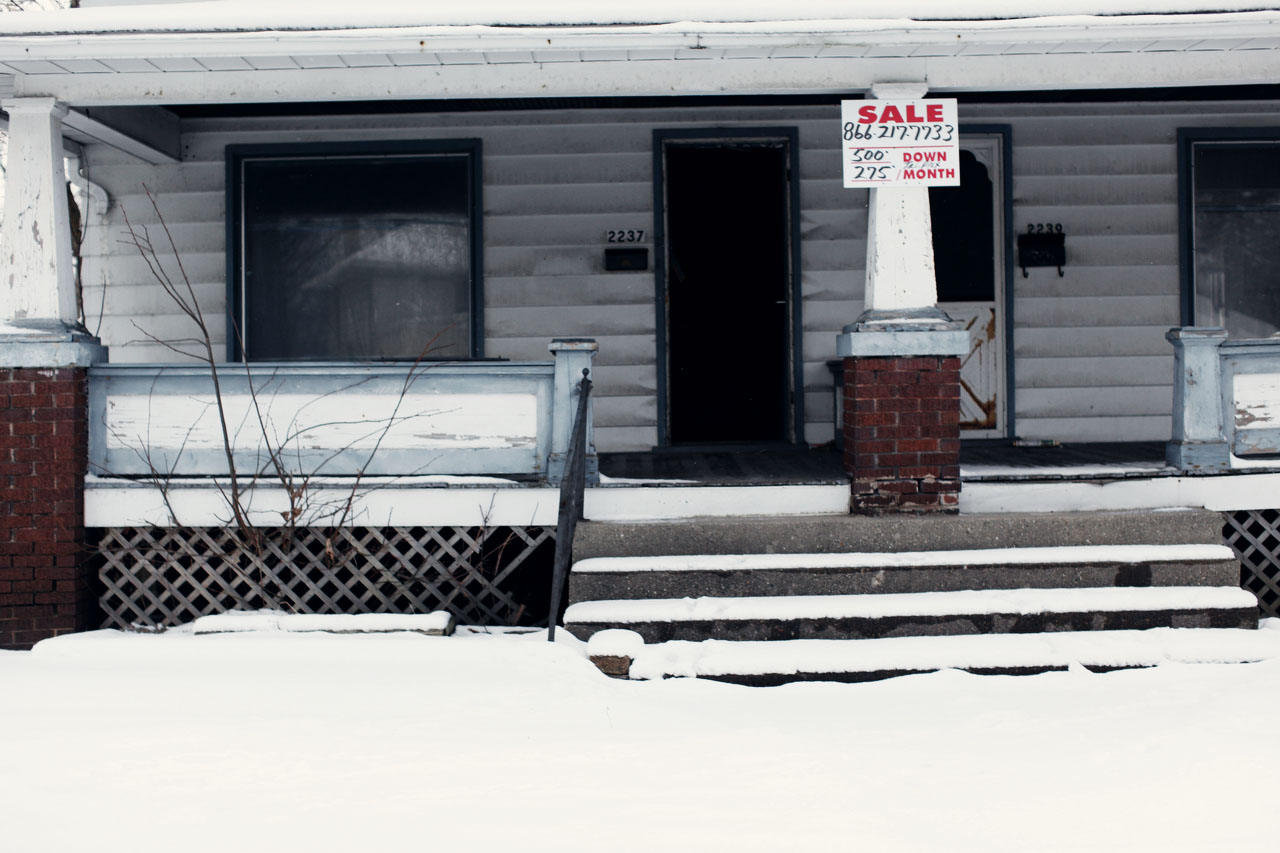
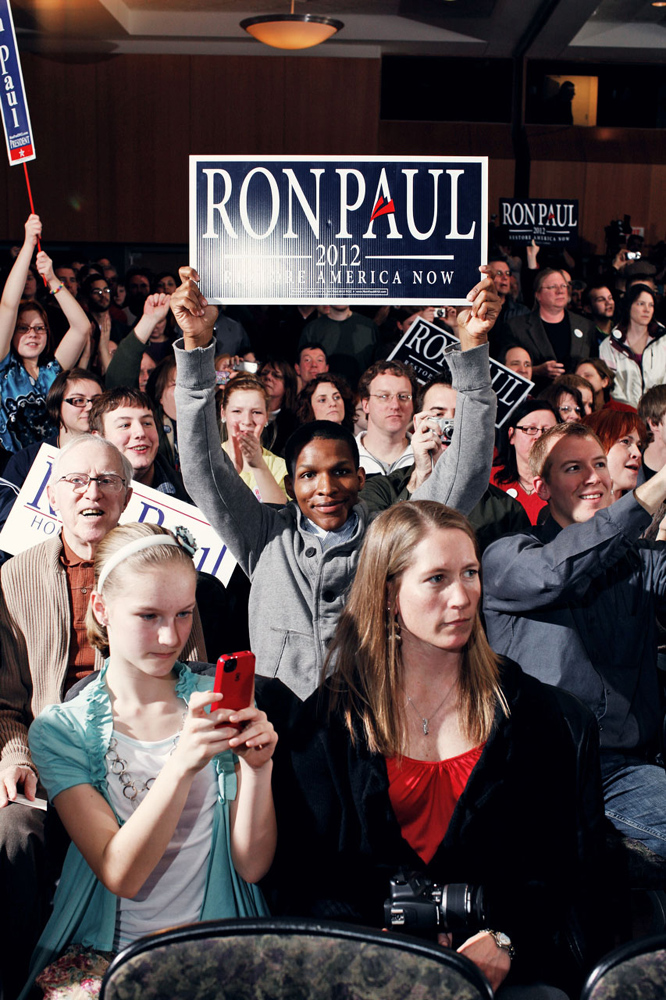
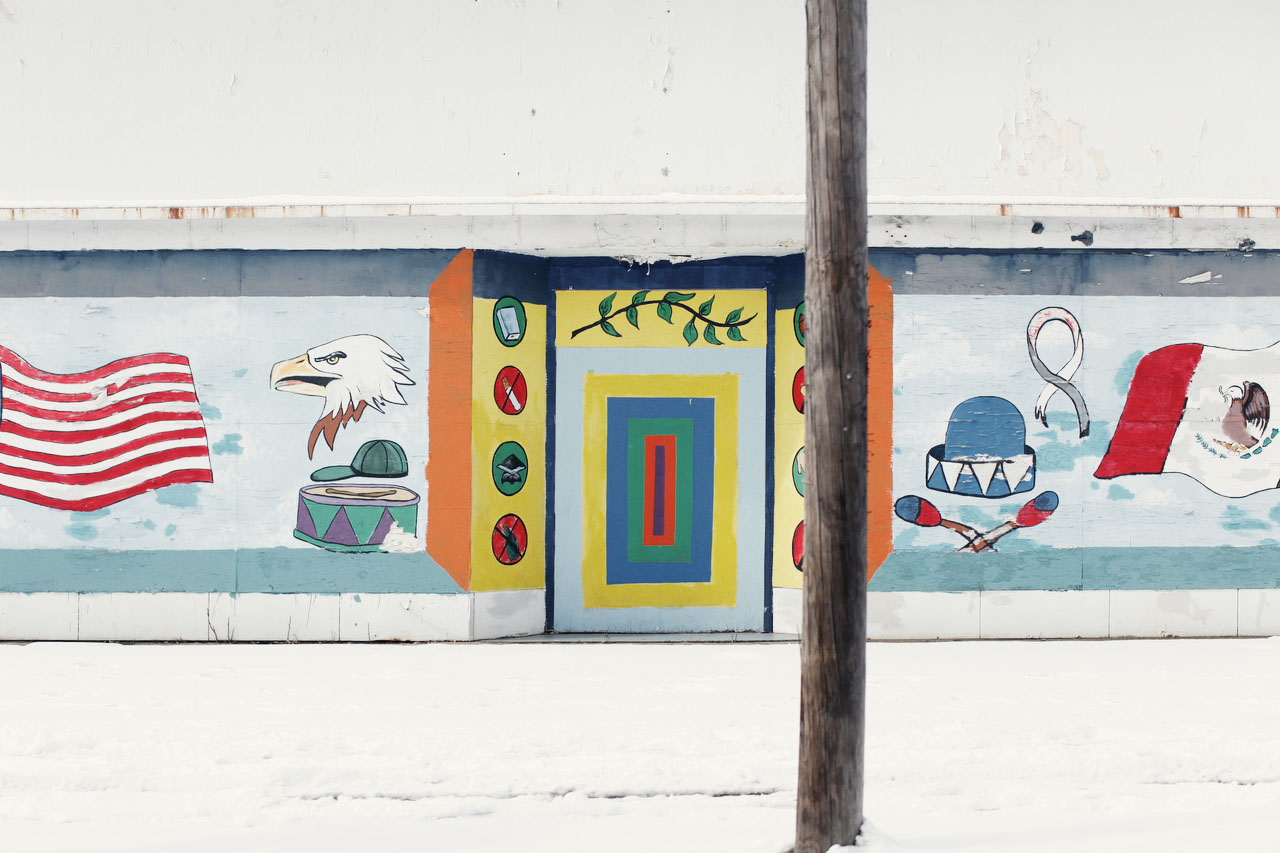
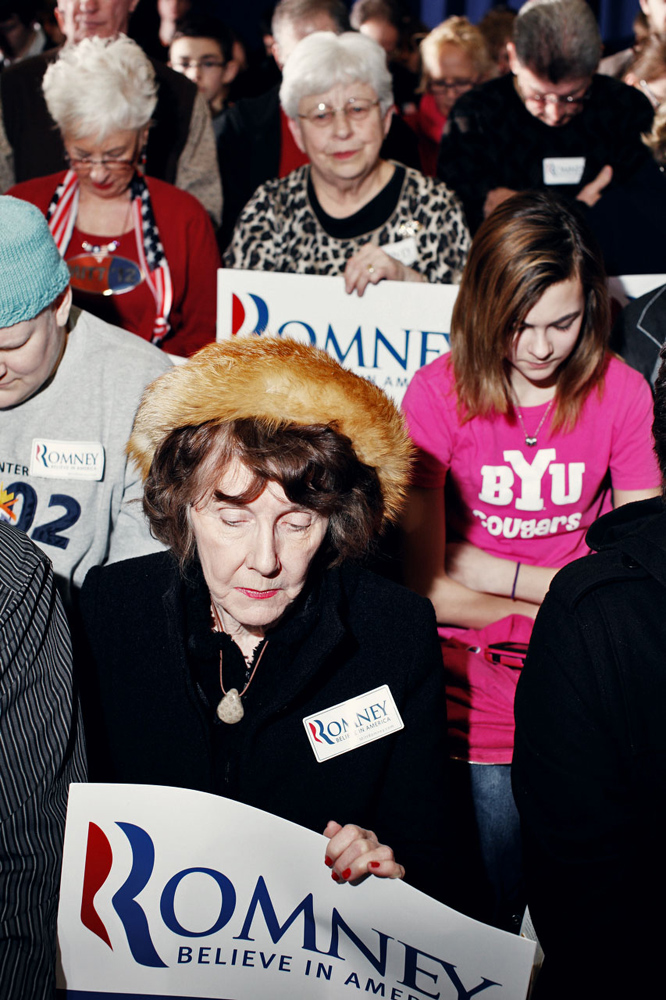
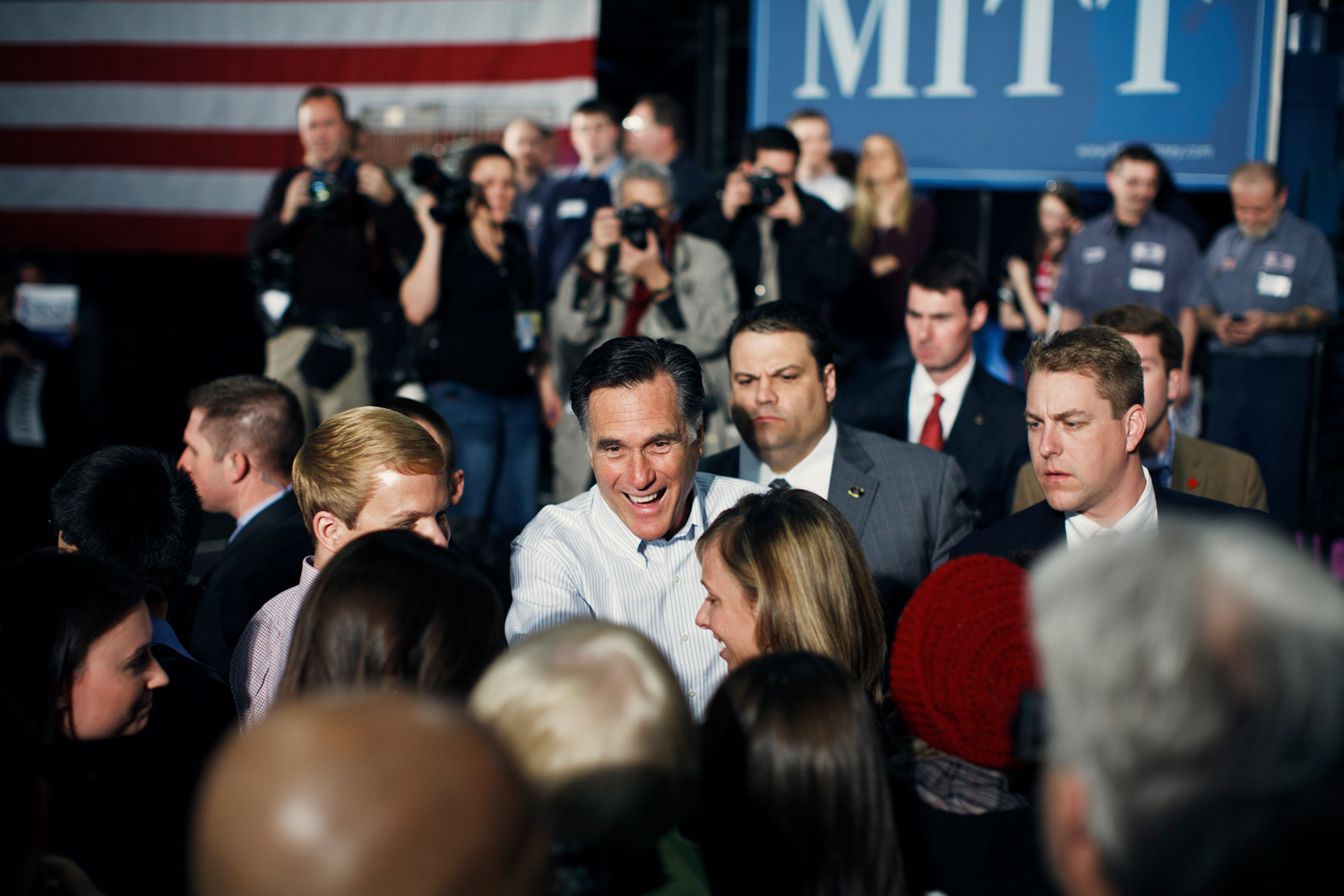
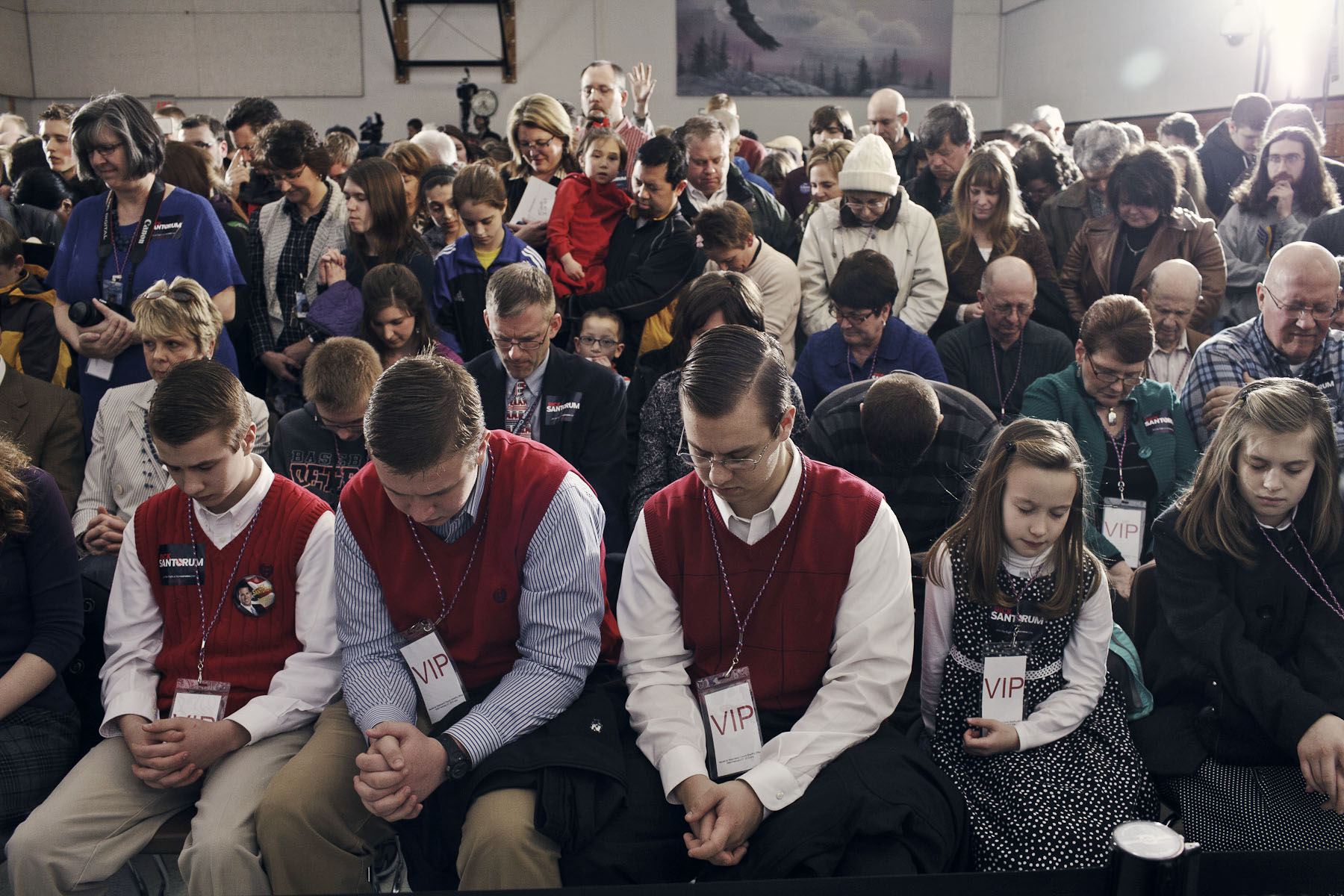
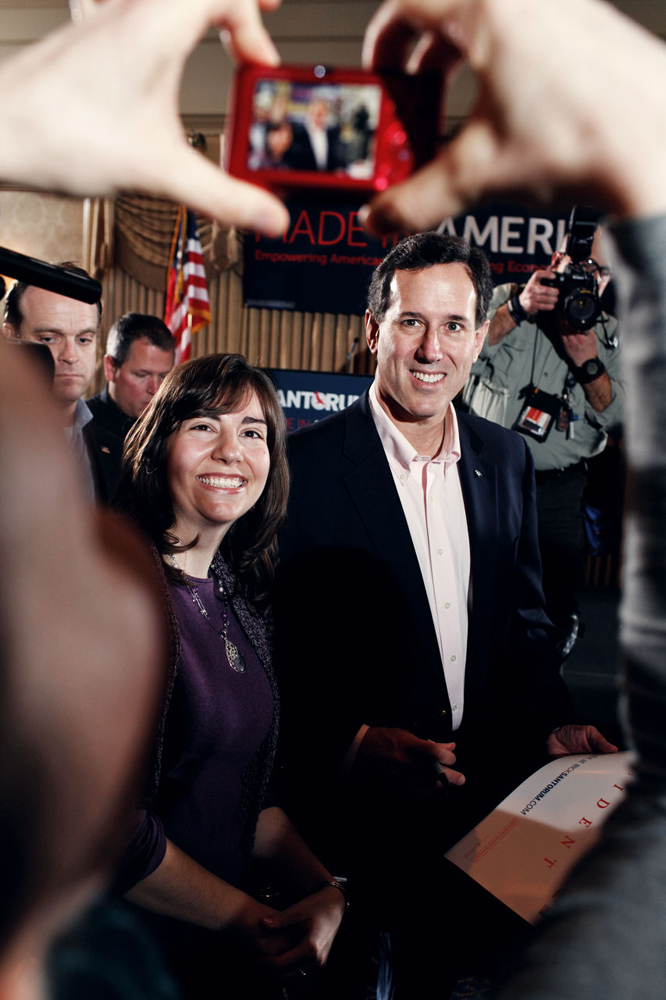
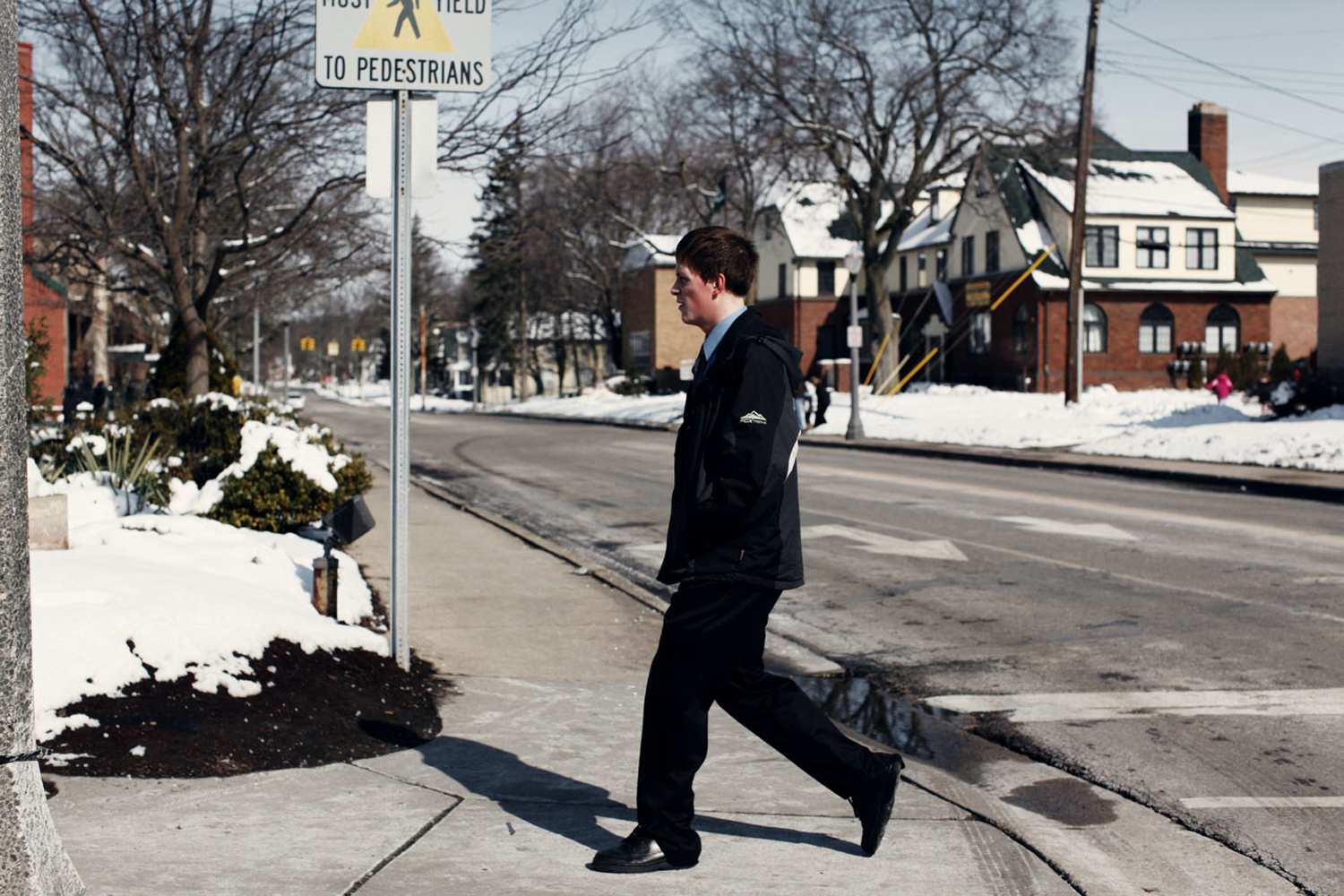
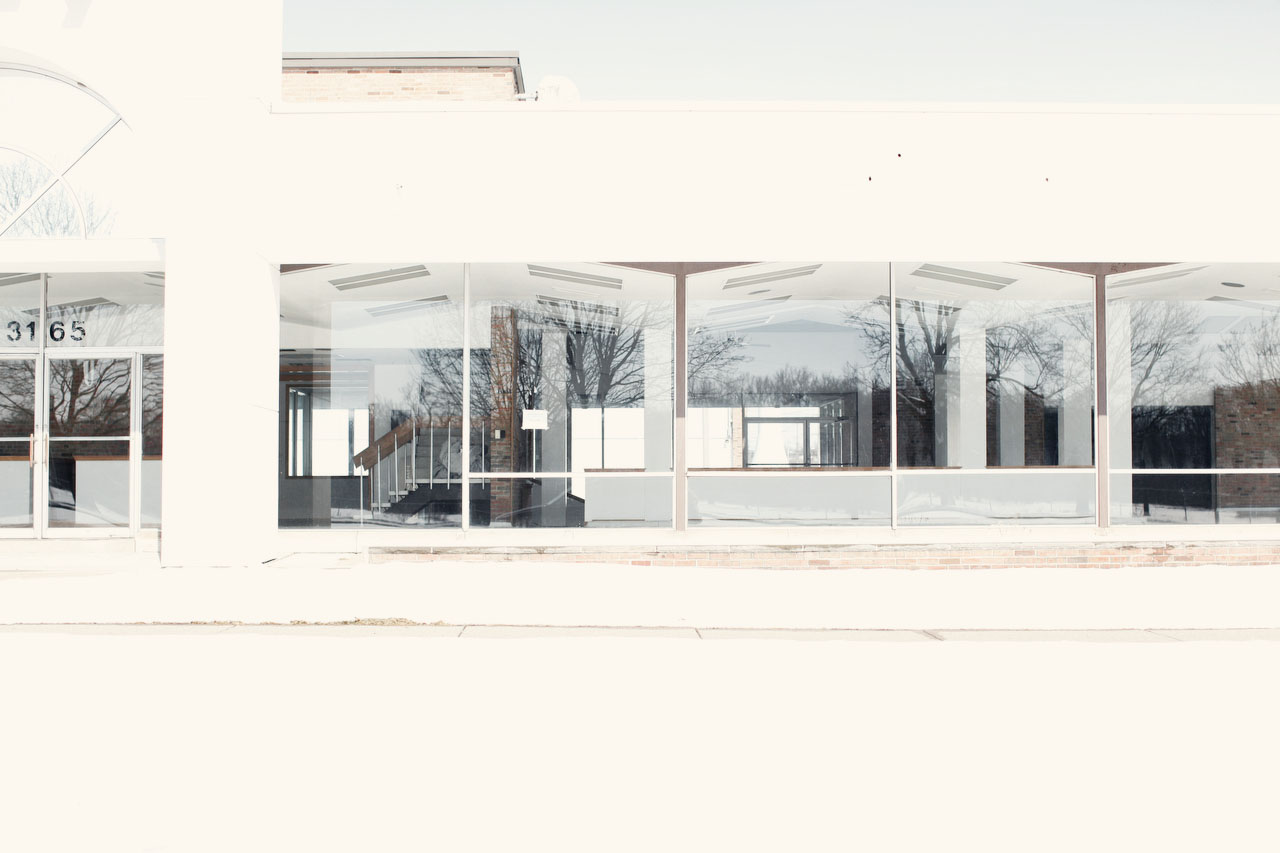
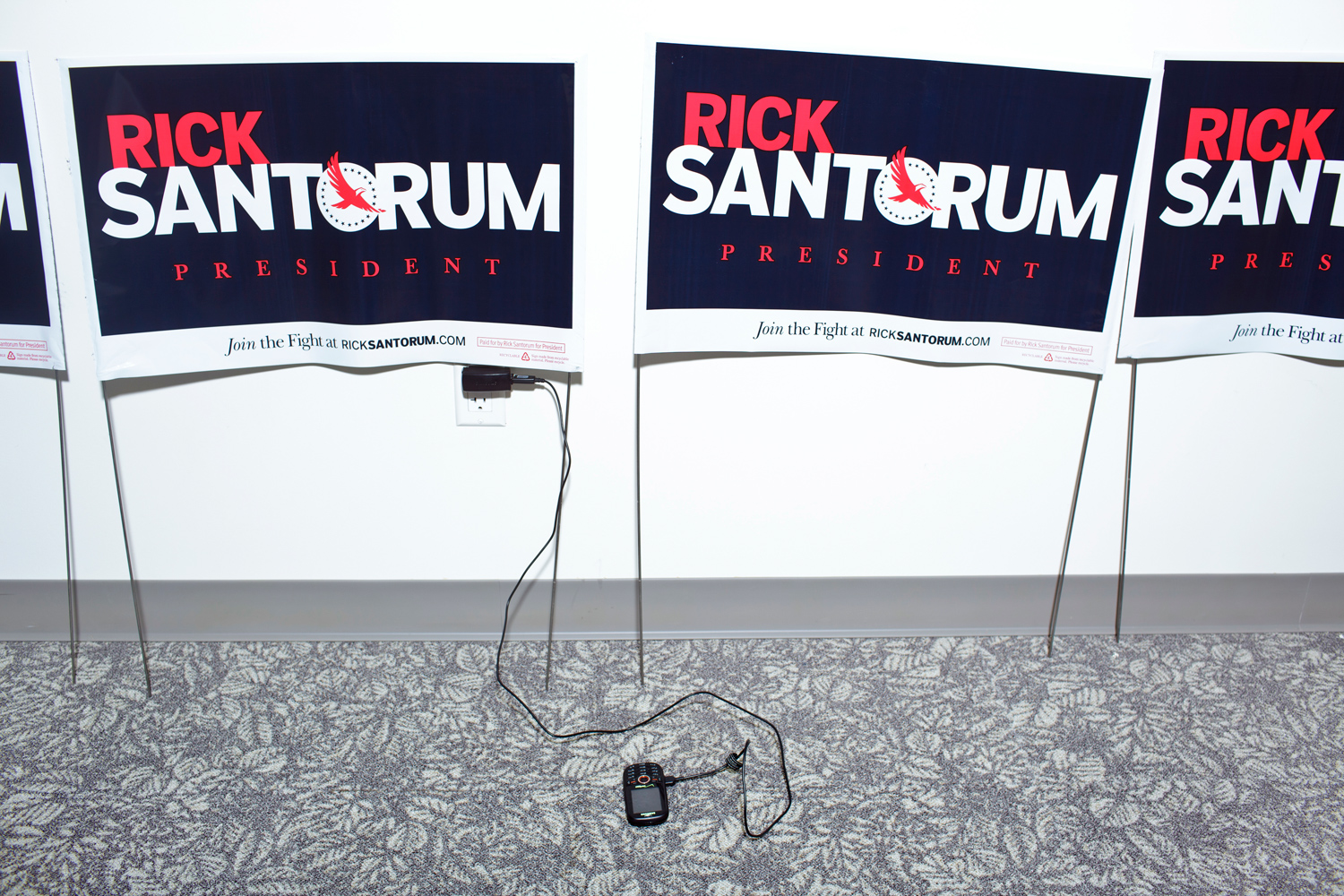
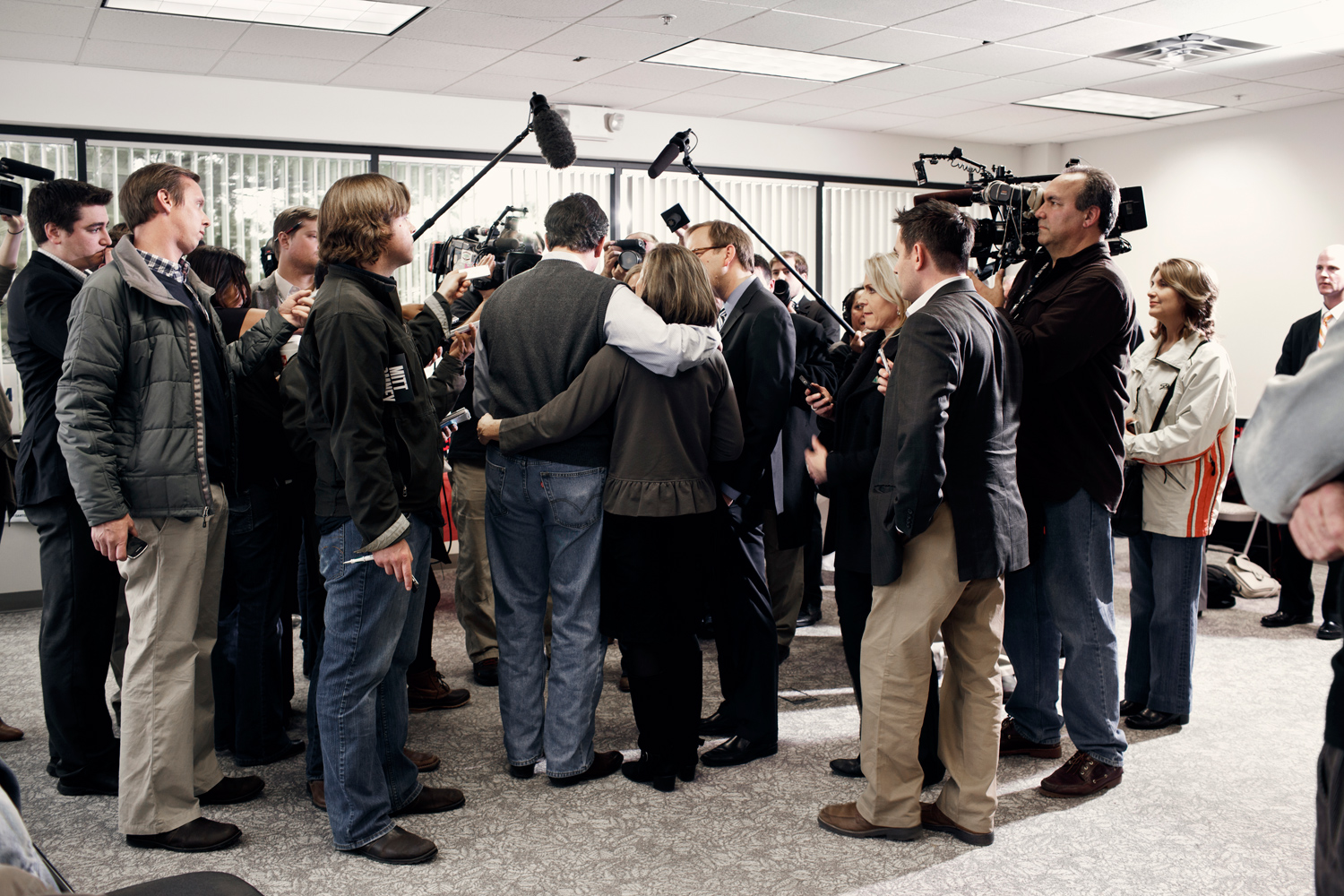
More Must-Reads from TIME
- Cybersecurity Experts Are Sounding the Alarm on DOGE
- Meet the 2025 Women of the Year
- The Harsh Truth About Disability Inclusion
- Why Do More Young Adults Have Cancer?
- Colman Domingo Leads With Radical Love
- How to Get Better at Doing Things Alone
- Michelle Zauner Stares Down the Darkness
Write to Lily Rothman at lily.rothman@time.com